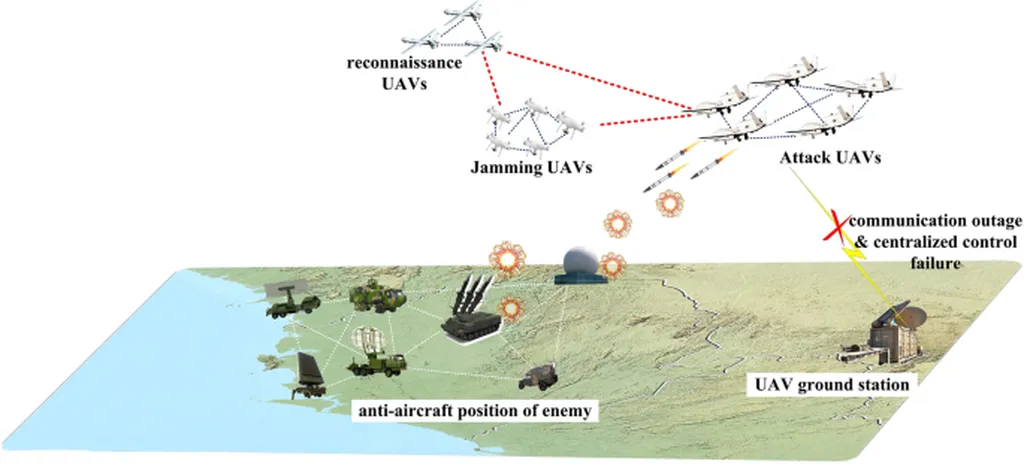In the realm of defence innovation, a trio of researchers from the University of Maryland, Baltimore County (UMBC) are making strides in the coordination of unmanned aerial vehicles (UAVs) in dynamic environments. Marcello Balduccini, William C. Regli, and Duc N. Nguyen are exploring how traditional AI reasoning techniques can be extended to manage teams of UAVs in real-world scenarios, where communication is neither reliable nor cost-free.
The researchers are tackling a significant challenge in the field of autonomous systems: the coordination of UAVs in network-centric environments. These environments are prevalent in military, public safety, and commercial applications, yet most research, even in multi-agent planning, often assumes that communication among distributed agents is a given. The UMBC team is addressing this gap by developing an agent architecture and reasoning algorithms based on Answer Set Programming (ASP), a declarative programming paradigm that has been successfully used in various applications but has not been extensively applied in the realm of autonomous UAV coordination.
The researchers’ work is notable for several reasons. Firstly, it represents the first practical application of a complete ASP-based agent architecture in the context of UAV coordination. Secondly, it combines centralized and decentralized reasoning, execution monitoring, and reasoning about network communications. This holistic approach allows the UAVs to make decisions based on their individual observations and the information they receive from other UAVs, while also taking into account the reliability and cost of communication.
The practical applications of this research for the defence and security sector are substantial. In military operations, for instance, UAVs are often used for surveillance, reconnaissance, and target acquisition. The ability to coordinate UAVs effectively in dynamic and unpredictable environments can enhance mission success rates and reduce risks to human personnel. Similarly, in public safety scenarios, such as search and rescue operations, the ability to coordinate UAVs can significantly improve response times and outcomes.
Moreover, the researchers’ work could have implications for commercial applications, such as package delivery and infrastructure inspection. In these scenarios, UAVs must navigate complex environments and coordinate their actions to complete tasks efficiently and safely. The ASP-based architecture developed by the UMBC team could provide a robust and flexible solution for managing UAV fleets in these contexts.
In conclusion, the research conducted by Marcello Balduccini, William C. Regli, and Duc N. Nguyen represents a significant advancement in the field of autonomous systems. Their work addresses a critical challenge in UAV coordination and has the potential to enhance the capabilities of UAVs in various defence, security, and commercial applications. As the use of UAVs continues to grow, the need for effective coordination strategies will become increasingly important, making this research a valuable contribution to the field.
This article is based on research available at arXiv.

